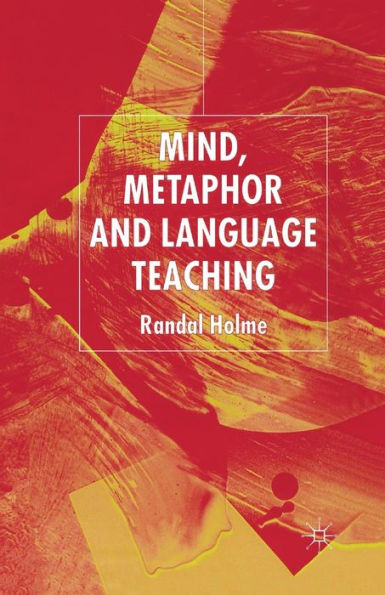Understanding metaphor raises key questions about the relationship between language and meaning, and between language and mind. This book explores how this understanding can impact upon the theory and practice of language teaching. After summarising the cognitive basis of metaphor and other figures of speech, it looks at how this knowledge can inform classroom practice. Finally, it sets out how we can use these insights to re-appraise language learning theory in a way that treats it as consonant with the cognitive nature of language.
"1102943538"
Mind, Metaphor and Language Teaching
Understanding metaphor raises key questions about the relationship between language and meaning, and between language and mind. This book explores how this understanding can impact upon the theory and practice of language teaching. After summarising the cognitive basis of metaphor and other figures of speech, it looks at how this knowledge can inform classroom practice. Finally, it sets out how we can use these insights to re-appraise language learning theory in a way that treats it as consonant with the cognitive nature of language.
54.99
In Stock
5
1

Mind, Metaphor and Language Teaching
242
Mind, Metaphor and Language Teaching
242Paperback(1st ed. 2004)
$54.99
54.99
In Stock

Product Details
| ISBN-13: | 9781349512546 |
|---|---|
| Publisher: | Palgrave Macmillan UK |
| Publication date: | 12/16/2003 |
| Edition description: | 1st ed. 2004 |
| Pages: | 242 |
| Product dimensions: | 5.51(w) x 8.50(h) x 0.02(d) |
About the Author
From the B&N Reads Blog
